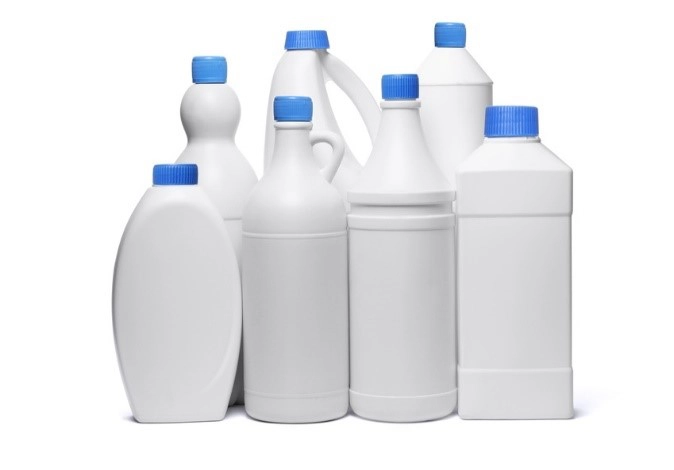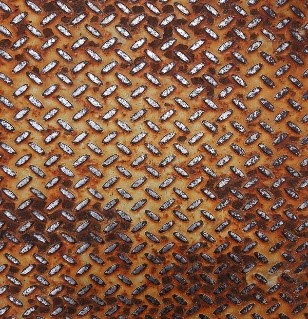Does this disinfectant work like I expect it to?

“The active ingredients in this product have been shown in numerous tests to be effective against……………..”.
I found this statement on a company’s website, but I’m not quite sure what it means from an efficacy standpoint. In reading further, I found that the tests were conducted by independent laboratories and not by the E.P.A. (Environmental Protection Agency). The E.P.A. is the only Federal agency with approval oversight on disinfectants that are manufactured and sold in the U.S..
Regulatory oversight is not as stringent in the animal health industry, as it is in the human health industry, so consider the following when selecting a disinfectant for your facility:
Proof of Efficacy
- Ask the manufacturer or supplier for a printed copy or digital access to their product’s E.P.A. Reference Sheet or Efficacy Bulletin
- Make sure that the efficacy provided by the supplier, either verbally or on marketing materials, match those listed on the Reference Sheet or Efficacy Bulletin.

Even Broccolli!
What a Cat Can’t Smell a Cat Won’t Eat
Whether it’s a tiger or a house cat, “What a cat can’t smell a cat won’t eat”. My very first experience, in the animal care world, found me at a zoo where the veterinarian and keepers in the predator’s realm couldn’t figure out why the big cats were losing weight. After a little investigation we discovered that, so much bleach was being used to clean the realm, that the cats would not eat their food.
As we researched this issue further we discovered that strong chlorine-based products (sodium and calcium derived), as well as other strong disinfectants, were a main cause of Upper Respiratory Distress in cats and kittens and especially in large communities, such as animal shelters and rescues. For years what care providers thought was stress in sheltered cats, turned out to be distress from the use of strong disinfectants and cleaning chemicals.
When selecting a disinfectant for cleaning in the cattery environment, make sure that the product has the efficacy for diseases such as Feline Panleukopenia and Feline Calicivirus and a mild fragrance. If it offends you, it will offend the cat!
If it Corrodes Metal, what will it do to the animal’s skin?
 One of the most irresponsible issues that I run into, when researching disinfectants for the animal care industry, is finding a company’s product that paints a pretty picture about the efficacy and safety in their marketing materials, but lists completely different information on the product’s Safety Data Sheet (SDS).
One of the most irresponsible issues that I run into, when researching disinfectants for the animal care industry, is finding a company’s product that paints a pretty picture about the efficacy and safety in their marketing materials, but lists completely different information on the product’s Safety Data Sheet (SDS).
Marketing Versus Safety Data Sheets (SDS)
Here are few red flags to look for:
Marketing: This solution is non-irritating to humans and animals – SDS: Causes severe skin burns and eye damage
Marketing: This product is environmentally friendly – SDS: Highly toxic to fish and other aquatic organisms
Marketing: This product is safe to use indoors – SDS: Use only outdoors and in a well ventilated area
Marketing: This product will not damage surfaces – SDS: This product is corrosive
The Bottom Line: Compare the benefits and safety statements on a product’s marketing sheet to the product’s SDS.
ProVetLogic Efficacy and Safety Data Sheets
We are proud of the ways our products have been certified by the EPA and welcome a close look at the efficacy rates on our disinfectants and detailed protocols of our Safety Data Sheets.
Please call us at 1-800-869-4789 with any questions.
For continuing education on how to effectively use our products, visit the ProVetLogic Continuing Education area.

